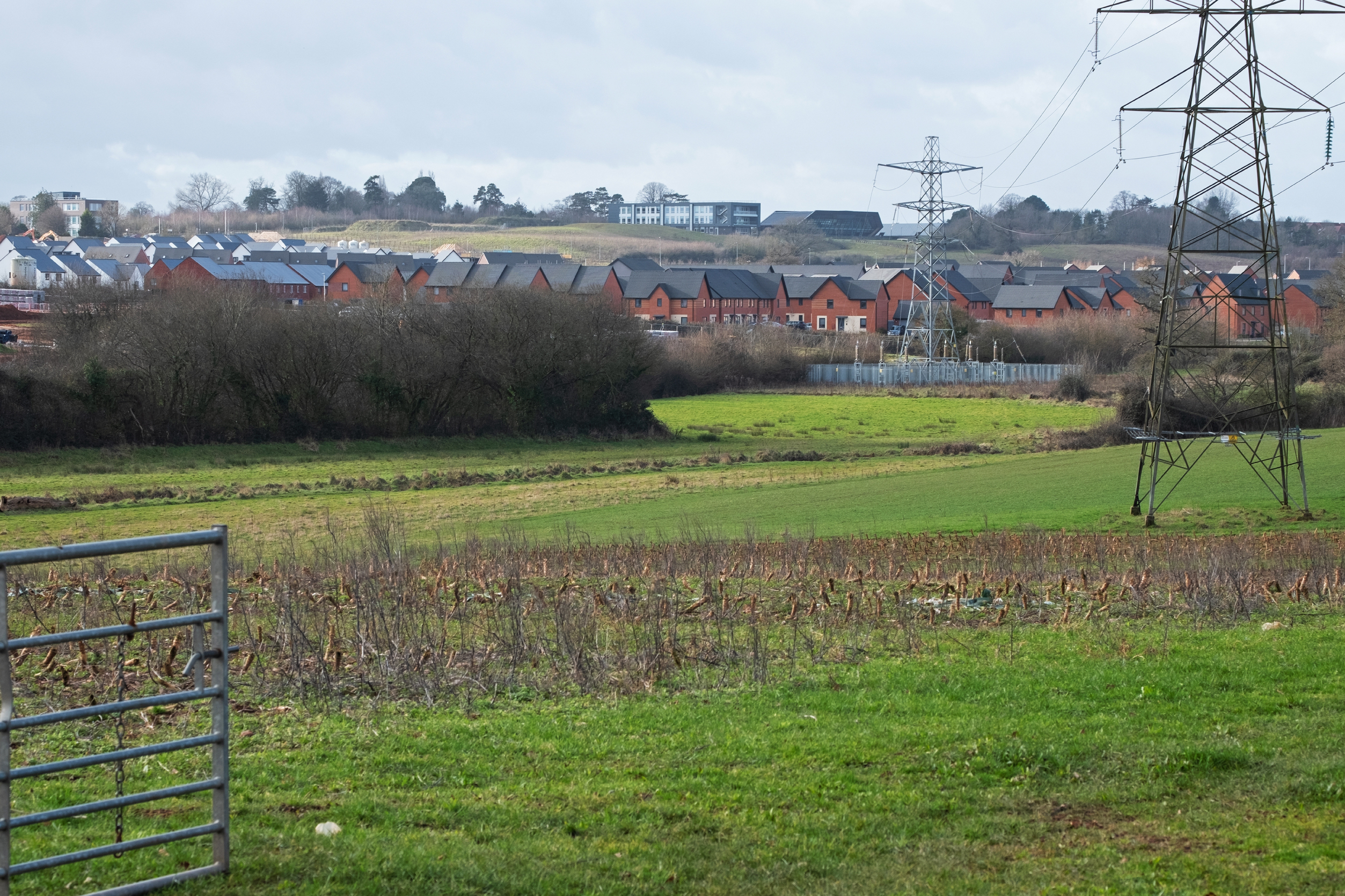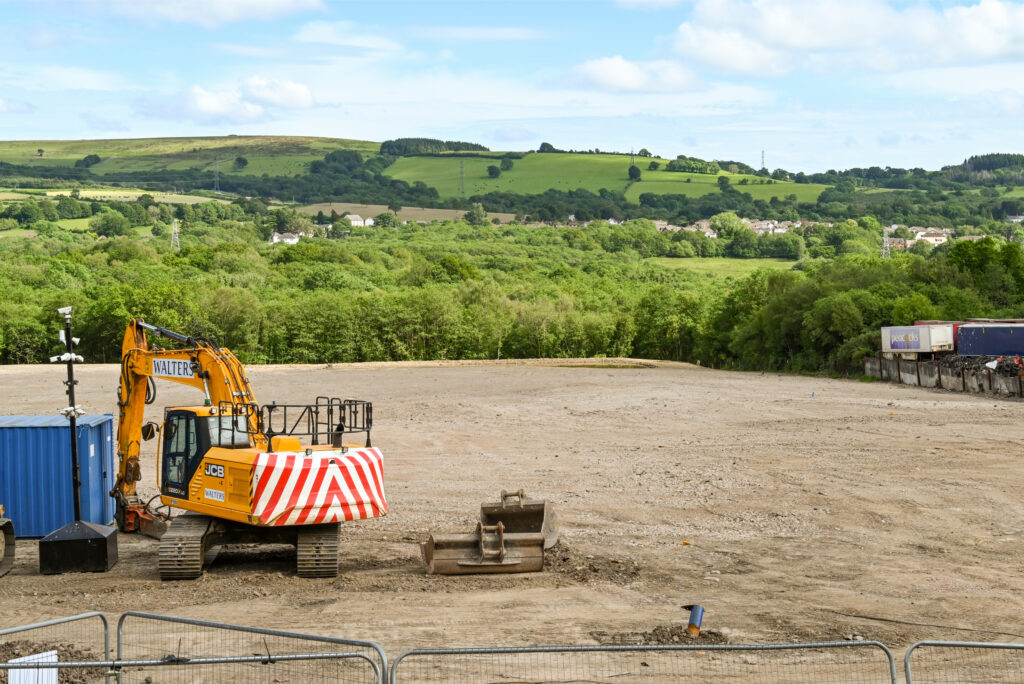Brownfield First: Dusting off Old Promises?

The Government has announced that they are set to intervene in London in a push to accelerate development on brownfield sites across the capital. In what has been seen as a politically-fuelled challenge to London Mayor, Sadiq Khan, Levelling up Secretary Michael Gove wants to put more pressure on Councils that are failing to meet housing targets to build new homes.
Mr Gove said he was “seeking views on whether changes are required to the threshold at which a residential planning application is referrable to you as the Mayor of London, which is currently set at 150 homes or more.”
Under the proposed reforms, it will become harder for 20 of the largest City Councils to refuse construction on brownfield and derelict land if local housing targets are not met. It is in these big cities where there is the greatest demand and best existing infrastructure in order to support the new development.
Slash Red Tape, Get Building on Brownfield…
This brownfield presumption policy was proposed in a review of Sadiq Khan’s London Plan Review commissioned by Mr Gove in December. Led by Christopher Katkowski KC, the Review calculated that a brownfield presumption in the capital could potentially result in between 4,000 and 11,500 additional homes per year, helping more young families and households find a home.
There are strong economic and social arguments for revitalising urban centres and placing higher density affordable dwellings for residents that can walk to work or use public transport to minimise traffic and pollution loads on cities.
The government also says it wants to “help developers overcome tiresome bureaucracy by slashing red tape that stops derelict sites and unused buildings being turned into new homes.”
A consultation on these proposals was launched on 13th February and will run until Tuesday 26 March 2024, with the government looking to implement the changes through the National Planning Policy Framework (NPPF) “as soon as possible”.
The NPPF currently presumes in favour of sustainable development, which is applied to a council that scores below 75% in the housing delivery test. The Government wants to raise the bar in 20 city areas for brownfield land applications where an area scores below 95%.
There will also be separate legislation to extend Permitted Development Rights (PDRs), so that commercial buildings of any size, including shops and offices, can be converted into homes. Homeowners can also be empowered to extend their homes outwards and upwards which would result in more extensions or large loft conversions.
…but haven’t we heard this before?
While helping with short term headline grabbing to suggest action and direction by a government heading for an election – are any of these really new ideas?
PDRs have been liberalised for years and change of use from commercial to residential conversion has already been successfully implemented by developers and investment schemes.
Brownfield Land has been a priority in land use zoning by Local planning Authorities (LPAs) for a number of years and it was boosted by reinforced guidance within the revised NPPF in 2018. This is especially in those council areas that have a high density of green belt, AONB and other restrictive designations, or where industrial decline has opened up brownfield land in intra-urban areas where there is high demand to accelerate supply to meet demand across our major cities.
In October 2018, Barclays Bank announced a joint partnership with the Government to offer finance to small- and medium-sized housing developers. The £1 billion Housing Delivery Fund aimed to support developers to make confident choices on site viability. In the Fund, Homes England, who committed £125m to the funding pot, would administer the scheme and provide funding between £5m and £100m for new homes, including social housing, retirement living and apartments to rent.
In addition, the £1.3 billion Land Assembly Fund was also available to acquire land that needs work and prepare it for the market. The package included a further £630 million Small Sites Fund, designed to get the right infrastructure in place to help public landowners and local authorities that are struggling to build on land in their area.
In April 2021, the Environmental Industries Commission (EIC) launched a report including proposals for a “greenfield surcharge”, which would be added to the infrastructure levy proposed in recent planning changes, would see the funds earmarked by local authorities for infrastructure spending to help mitigate the higher development costs often associated with brownfield.
It also called to improve the economic viability of marginal brownfield projects by increasing land remediation tax relief on sites with fewer than 25 units, and to update the definition of derelict land to incorporate all sites that have been abandoned for more than a decade. You can see the full video of the report launch detail here.

The Reality on the Ground…
These funds and solutions were all aimed to support the promise to deliver 300,000 homes a year by the mid-2020s. Well, the Government haven’t hit that target – indeed, the latest figures are at 240,000 in 2023, while NHBC reported in Nov 23 that in Q3 2023, new registrations fell by half compared to the same period in 2022, so the trend has not been impressive. It’s also not clear how much of this fund support has been accessed to deliver against this target.
In 2022, some 300,000 hectares of land were deemed as potentially contaminative to some degree, according to the Environment Agency. This could equate to some 100,000 sites, with between 5 and 20% of these considered as “problem sites”. This suggests that the vast majority are probably lower risk and may prove to be viable if the perceived stigma of it being too much of a challenge is reduced.
There are mitigating factors. Since the original brownfield funding rounds were announced over 5 years ago, we have faced a pandemic and high inflationary pressures affecting the cost of construction materials and labour. Strict planning controls also remain in place which are aimed at channelling development opportunities into brownfield, or marginal grey/lower value greenbelt land.
There is also the variable appetite of developers in the face of rising costs, which are putting greater pressures on scheme viability. Brownfield presents additional remediation cost challenges, the true extent of which isn’t fully known until detailed site investigations and analysis are invested upfront as part of fulfilling planning conditions by explaining their remediation strategy.
There are also clear signs that schemes are being mothballed or continue to be land banked until such time as values grow more strongly and there is more confidence with viability.
The other concern is that if the Government is serious about impressing on Councils the need to build schemes on potentially contaminated land, could they pressure decisions to be waived through with perhaps watered down remediation requirements for expediency? – one would sincerely hope not.
Being clearer on Viability
So if this isn’t just more “action words to deal with a short term need for headlines ahead of an election” and the Government is genuinely serious about accelerating Brownfield First, what does this mean for commercial real estate lawyers, environmental and planning consultants?
No one will argue that it isn’t the right policy. We need to infill our urban spaces and rejuvenate them – and clear, accurate information through detailed land quality assessment will be needed for developer clients to understand the path to economic viability.
The economic headwinds aren’t going to get easier in the short term, so it is about accessing comprehensive data on past land use to obtain a focused opinion on what potential challenges lie ahead or if the perceived risks can be mitigated to open the path to project starts.
If developers are incentivised effectively, then strong pipelines of site investigation and acquisition could come forward, creating real opportunity for consultants and commercial real estate lawyers. To support your client, you will need confidence in the clarity of site appraisal data and assessment on potentially contaminated land, ground stability, flood and drainage profiles.
For commercial real estate lawyers, the Groundsure Review report provides the highest bar on site due diligence for land transactions, backed by expert risk assessment from our in-house consultancy team.
For environmental consultants, Groundsure Insight is a combined map and data pack that delivers detailed and accurate environmental land use information from authoritative and unique environmental and geological datasets. They provide clarity on past land use with the highest resolution historical mapping imagery available.
For more information, get in touch with us at info@groundsure.com or call us on 01273 257 755.
References
https://www.gov.uk/government/consultations/strengthening-planning-policy-for-brownfield-development
https://www.gov.uk/government/publications/national-planning-policy-framework–2
https://eic-uk.co.uk/news/eic-news/download-now-brownfield-first/
Date:
Feb 19, 2024
Author:
David Kempster

